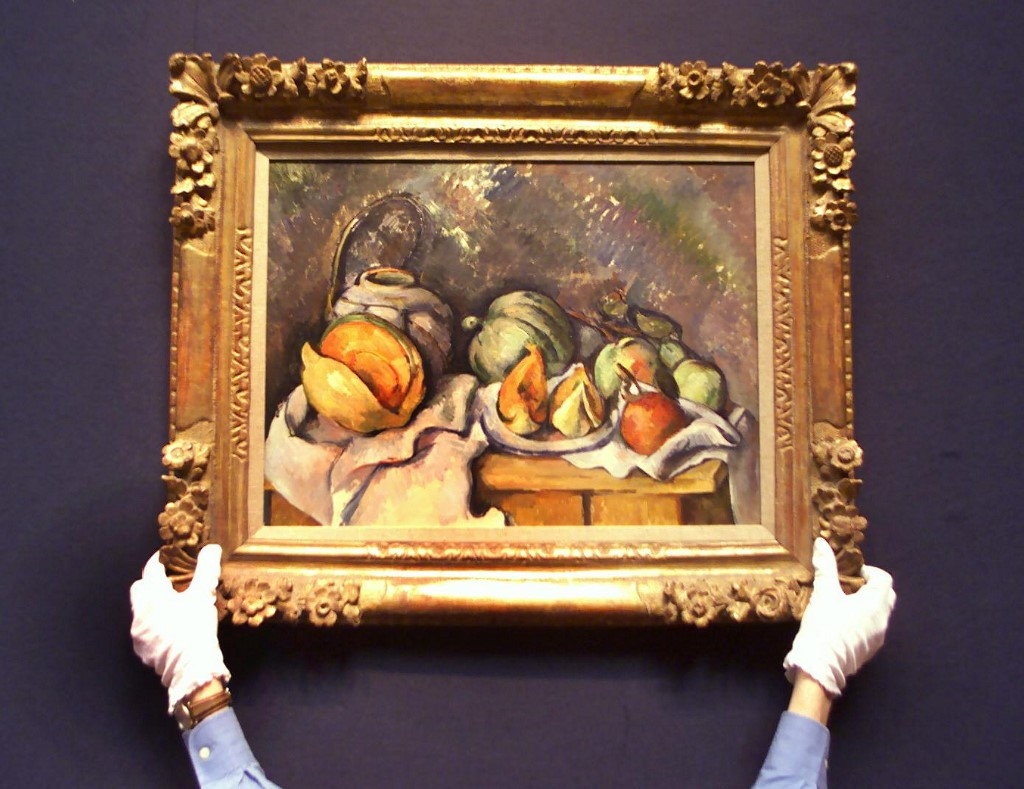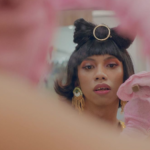While Edouard Manet once called still lifes “the touchstones of painting,” a recent study notes that this pictorial tradition also gives valuable insight into how fruits and vegetables have changed over the years.
The fruits, vegetables, legumes, grains, nuts and seeds we cook and consume in our daily life all originate from wild ancestors that were once domesticated, cultivated, and improved.
Most of these wild plants have undergone major changes to become more suited for human consumption and mass production, with the United Nations Food and Agriculture Organization warning that some 75% of the world’s plant genetic diversity has been lost since the 1900s.
While some might be tempted to say that pears and apples have always looked the same, researchers Ive De Smet and David Vergauwen suggest that historical paintings prove otherwise.

“Plant-based food is lavishly depicted by thousands of artists throughout the ages and offers a vast and unique insight into the stunning evolution in shapes and colors of our modern-day groceries. Capturing this information can demonstrate when and where particular varieties emerged, how common they were, and what correlation existed between food habits, trade routes, and newly conquered lands,” they wrote in their study, which was published in the journal Trends in Plant Science.
This multidisciplinary approach has enabled De Smet and Vergauwen to make significant discoveries about the domestication of carrots, watermelons, and strawberries.
While Dutch agronomer Otto Banga once believed that the modern orange carrot found its origin in the Netherlands in the late 16th century, De Smet and Vergauwen have affirmed that the vegetable appeared in drawings dating from the Byzantine Empire.
Similarly, historical paintings suggest that the modern cultivated strawberry emerged only 250 years ago, although archaeological evidence indicates that this fruit has been consumed by humans since the Stone Age.
In their latest research, De Smet and Vergauwen have noted that historical paintings could overcome the limitations of studying the evolution of plant-based food through archeological remains and literary texts.
“How was an orange item described in the 10th century, since the word ‘orange’ to describe the color was only used from the 15th century onwards?” they noted.
This iconographic approach is not without its own problems, as some artists like Pablo Picasso and Hieronymous Bosch are less reliable than others when it comes to depicting fruits and vegetables with scientific accuracy.
Addressing such inconsistencies is a matter of checking the reliability of the source and having access to a large quantity of iconographic material from both public and private art collections, De Smet and Vergauwen said.
In order to contribute to this new multidisciplinary field, art enthusiasts are invited to email photographs of paintings depicting fruit and vegetables together with the artwork’s information and details about the plants to [email protected]. IB
RELATED STORIES:
VR art show is gallery of future, say organizers
LEGO, video games… How the art market is conquering millennial audiences


